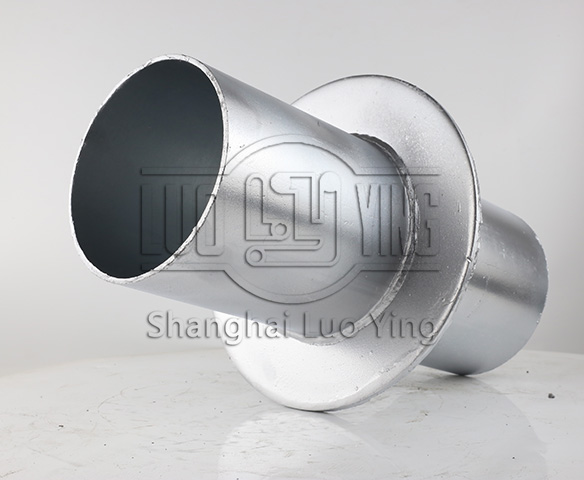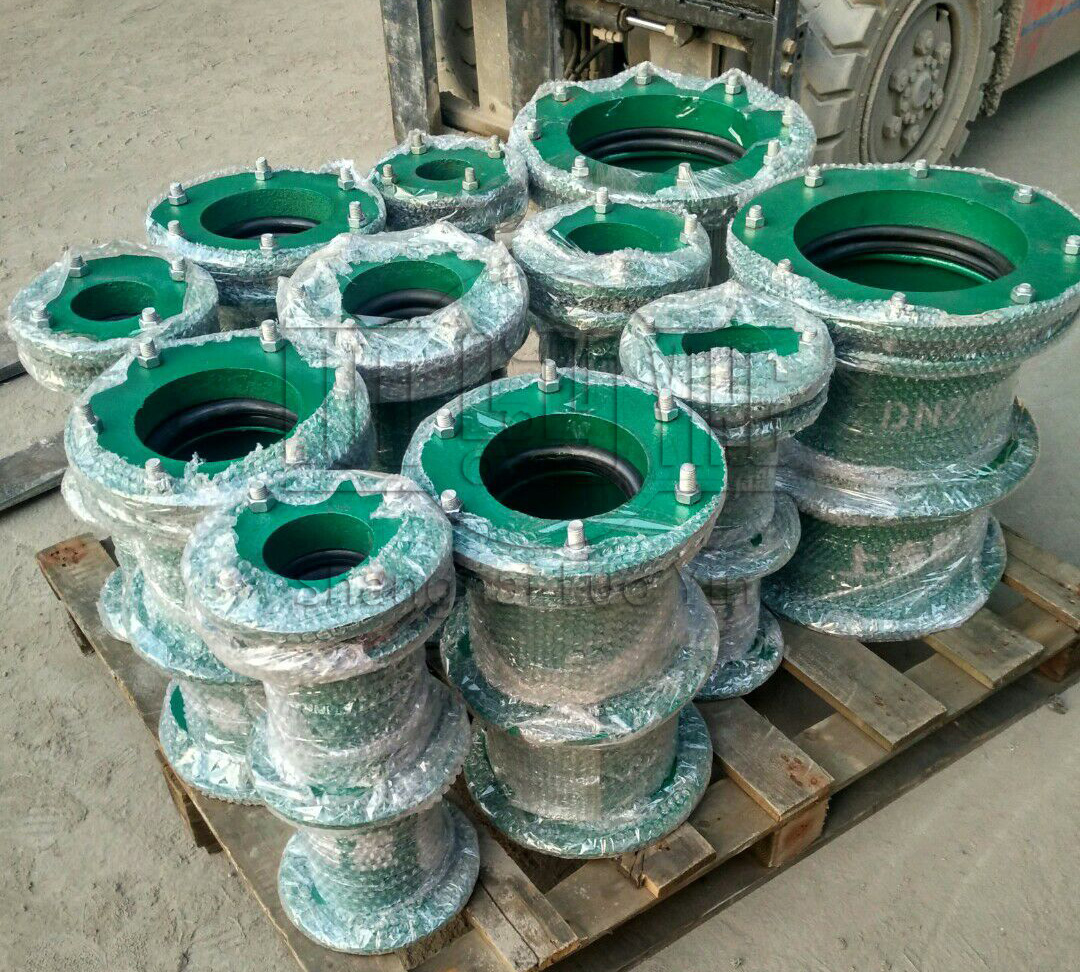Waterproofing and use of steel expansion joints.
Jul-23-31
Waterproofing and use of steel expansion joints. Waterproofing is a critical aspect of construction and infrastructure projects, particularly when it comes to areas exposed to water or moisture. Steel expansion joints are commonly used in waterproofing applications to allow for movement and accommodate changes in temperature, preventing structural damage. This essay will discuss the importance of waterproofing and the use of steel expansion joints in ensuring the integrity of various structures.
Waterproofing is essential to protect structures from the damaging effects of water and moisture. If water infiltrates a building or infrastructure, it can lead to a range of problems such as mold growth, deterioration of materials, corrosion of metals, and structural damage. Thus, proper waterproofing measures are necessary to maintain the longevity and structural integrity of the project.

One advantage of steel expansion joints is their durability and strength. Steel is a robust material that can withstand high loads and extreme weather conditions. Additionally, steel expansion joints are resistant to corrosion, which is particularly important in waterproofing applications where exposure to moisture is a constant concern. The use of stainless steel or galvanized steel further enhances the longevity and corrosion resistance of these joints.
Another benefit of steel expansion joints is their versatility and adaptability. They can be used in various applications, including bridges, highways, parking structures, commercial buildings, and infrastructure projects. Steel expansion joints come in different shapes and designs to accommodate different movement requirements, such as expansion, contraction, lateral, and rotational movement. This flexibility allows for their integration into a wide range of structures, ensuring effective waterproofing solutions.

In conclusion, waterproofing is crucial in construction and infrastructure projects to prevent water infiltration and associated damage. Steel expansion joints are an essential component of waterproofing systems as they allow for controlled movement, accommodate thermal expansion and contraction, and prevent structural damage. The durability, strength, and corrosion resistance of steel make it an ideal material for these joints. Additionally, the versatility, adaptability, and relatively easy installation and maintenance make steel expansion joints a trusted solution for effective waterproofing. By incorporating steel expansion joints into waterproofing systems, engineers and contractors can ensure the integrity and longevity of structures, protecting them from the damaging effects of water and moisture.

